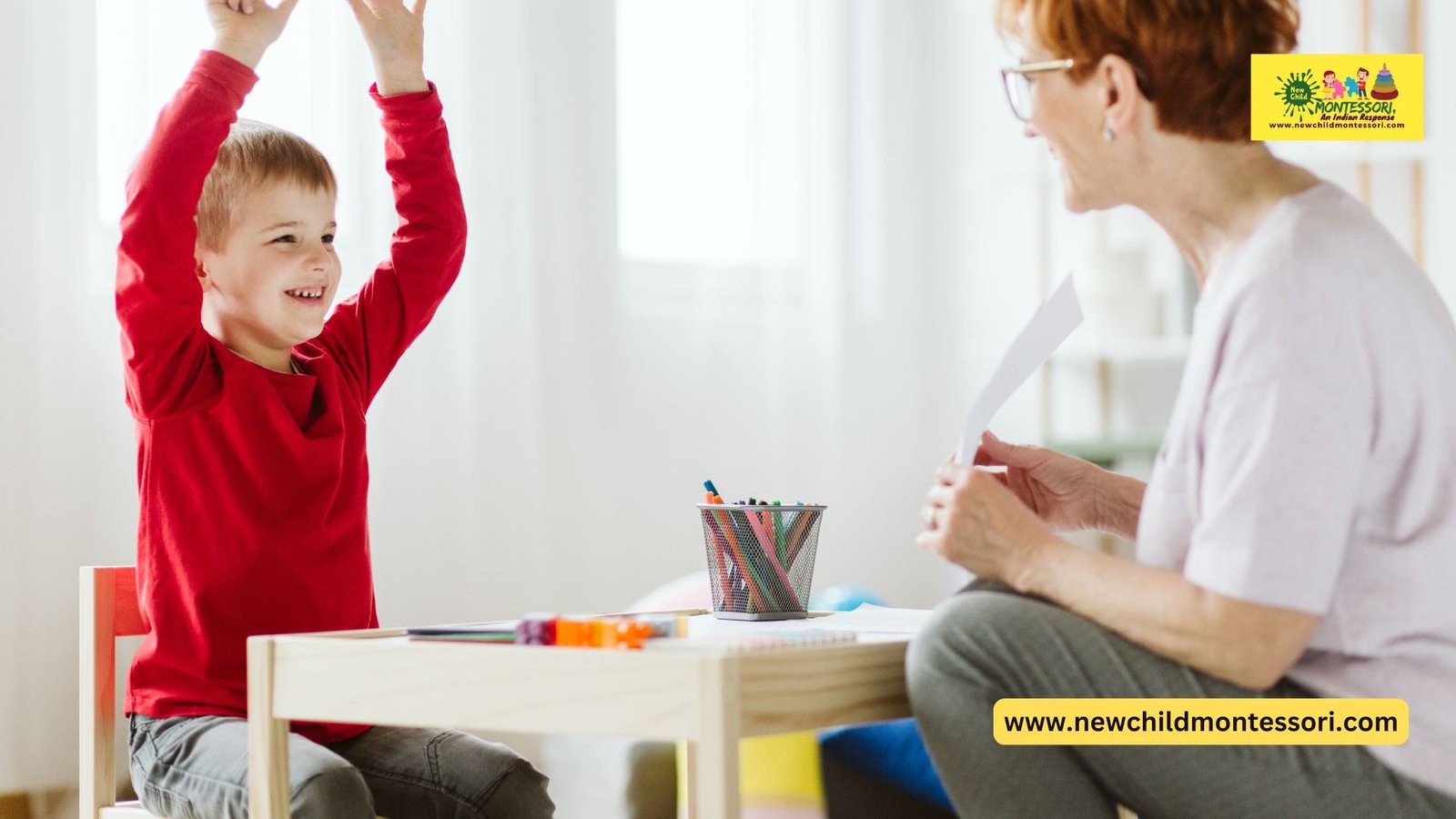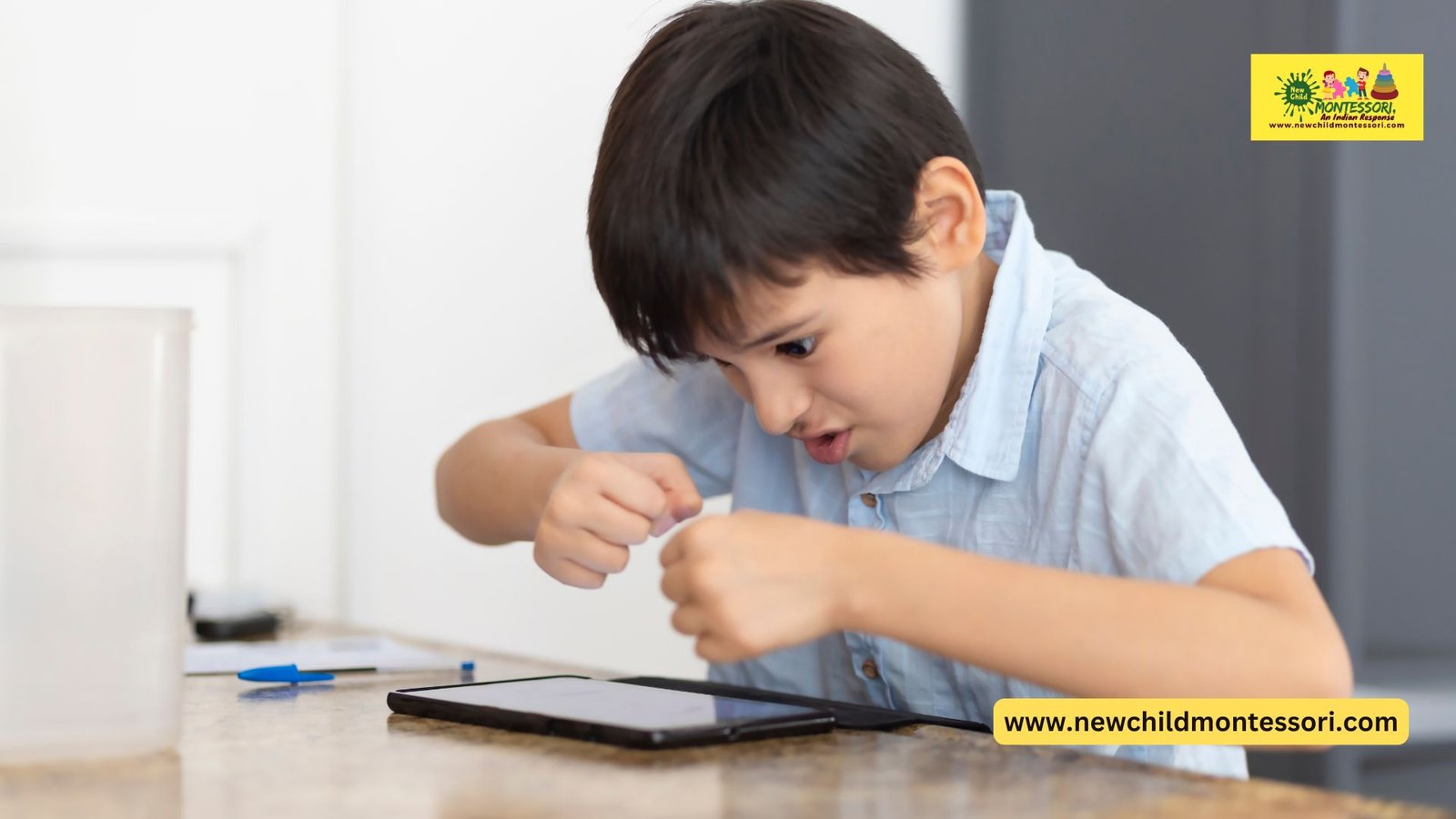As a Montessori teacher, I have to deal with different kinds of students from different socio-economic and socio-political backgrounds. What is more, unlike traditional schools, which often fail to handle children with ADHD, Montessori classrooms provide them with the exact environment they need.
I can assert this because I have put this theory into practice. Montessori education serves as a powerful alternative for children with ADHD as it emphasizes hands-on learning, self-paced progression, and minimal sensory overload.
Based on my decade-long teaching experience, I have written down below how Montessori-inspired techniques can transform frustration into focus and help your ADHD students flourish.

Reduce Sensory Stimulation with Thoughtful Classroom Design
You already know that Montessori classrooms are kept deliberately calm with soft colors, organized spaces, and limited distractions. Therefore, this can be life-changing for students with ADHD.
Movement Isn’t a Disruption—It’s a Need
It is often found that students with ADHD remain restless in classrooms. They often fail to cope with their surroundings. In Montessori classrooms, movement is encouraged, not punished.
Break Tasks Into Bite-Sized Pieces
To build confidence and focus in ADHD students, Montessori education provides self-correcting activities.
Tailor Learning to Strengths, Not Struggles
Montessori respects each child’s pace and learning style. Children with ADHD often shine when they’re allowed to demonstrate knowledge creatively.
I let children speak their answers instead of writing them. I also use tech tools like voice-to-text apps or digital storytelling platforms.

Help Them Stay Organized—Visually
Executive dysfunction is common in children with ADHD, but Montessori’s orderly, labeled environments can provide relief. Hence, I use clearly labeled containers, color-coded timetables, and dedicated spaces for belongings. In addition, I give them gentle, visual reminders about bringing materials like PE kits or lunchboxes.
Praise the Positive—Specifically and Often
As a Montessori teacher, I carefully observe my students and offer constructive, timely feedback. Therefore, I have seen that this helped a lot to rebuild fragile self-esteem for children with ADHD.
In my opinion, Montessori methods don’t just help children with ADHD cope—they help them thrive. With patience, preparation, and purposeful support, these children develop confidence, independence, and a lifelong love of learning.

Sumanta De is an educator. He has been teaching students for more than 16 years following the principles of Dr.Maria Montessori. He has a 7-year-old son and a 5-year-old daughter.
He is nurturing his children abiding by the principles of Dr.Maria Montessori. His passion for Montessori methods goes beyond the classroom.
Hence, he shares his experiences and insights through a dedicated Montessori blog and a YouTube channel under the name “NewChild Montessori”. He aims to offer valuable guidance to both parents and educators.
Education: M.A. English, Masters in Child Psychology & Bachelor’s Degree in Montessori Teachers Training